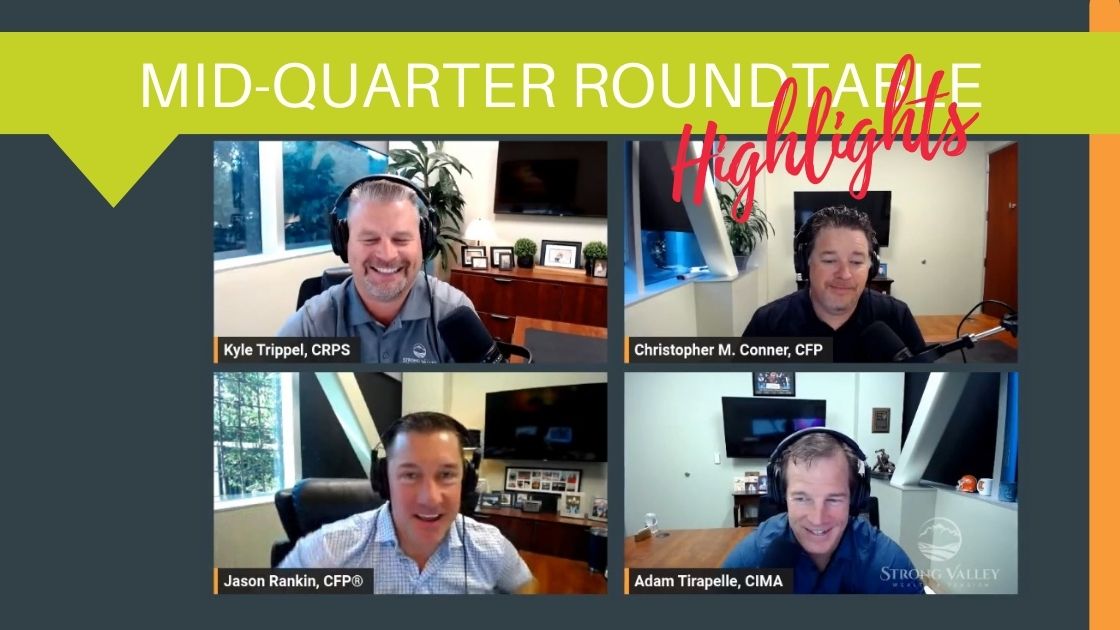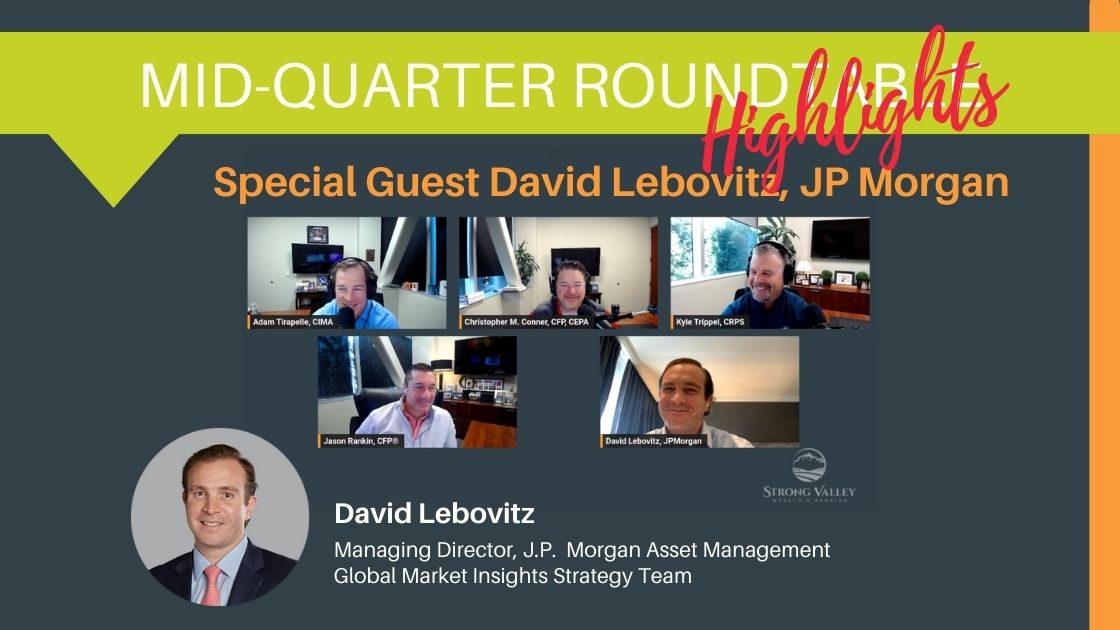You are now leaving the Strong Valley Wealth & Pension, LLC ("Strong Valley") website. By clicking on the "Schwab Alliance Access" link below you will be entering the Charles Schwab & Co., Inc. (“Schwab”) Website. Schwab is a registered broker-dealer, and is not affiliated with Strong Valley or any advisor(s) whose name(s) appears on this Website. Strong Valley is/are independently owned and operated. Schwab neither endorses nor recommends Strong Valley. Regardless of any referral or recommendation, Schwab does not endorse or recommend the investment strategy of any advisor. Schwab has agreements with Strong Valley under which Schwab provides Strong Valley with services related to your account. Schwab does not review the Strong Valley website(s), and makes no representation regarding the content of the Website(s). The information contained in the Strong Valley website should not be considered to be either a recommendation by Schwab or a solicitation of any offer to purchase or sell any securities.

While most people find the notion of creating a budget about as appealing as cleaning out closets, most would agree that the result – a well-crafted and useful budget – is worth the work. Each year, strive to increase your net worth and keep your expenditures under control. This article gives you a couple of easy to create budget tools that demonstrate where you are today and can help you make important financial comparisons in the future.

While most people find the notion of creating a budget about as appealing as cleaning out closets, most would agree that the result—a well-crafted and useful budget—is worth the work.
Two financial “snapshots” you can take at any time to help view your financial landscape are a balance sheet (or net worth statement) and a cash flow statement. These tools demonstrate where you are today, and they can also help you make important financial comparisons in the future. Although various software programs are designed to help with budgeting, it can be easy and helpful to create your own worksheets on paper.
To create a balance sheet, simply draw a line down the center of a blank piece of paper. Label one column “Assets” and the other column “Liabilities.” Assets are everything you own, and liabilities are everything you owe.
You can add structure by grouping your assets into three categories:
Liabilities can be labeled as follows:
Enter all of the relevant numbers and add up the two columns. We’ll examine the outcome later.
Next, create a cash flow statement. Draw a line down the center of another blank sheet of paper, and label one column “Cash Inflow” and the other “Cash Outflow.”
On the inflow side of the ledger, list monthly or yearly income from all sources, such as wages, self-employment, rental properties, and investment income (interest and dividends).
On the outflow side, list all monthly or yearly expenditures, separating fixed expenses (mortgage payments, other periodic loan payments, and insurance premiums) and variable or discretionary expenses (utilities, food, clothing, entertainment, vacations, hobbies, and personal care). You may choose to put taxes (Federal, state, FICA) in a separate category. Again, fill in the relevant numbers and total the columns.
If your balance sheet shows your assets exceeding your liabilities, you have a healthy net worth, especially if your cash flow statement shows more inflow than outflow. This picture shows that you are solvent and spending within your means. The degree of your financial health depends on the amount of your surplus.
Your financial picture may look somewhat different if your balance sheet shows your liabilities exceeding your assets and/or your cash flow statement shows more outflow than inflow. This indicates that you are spending beyond your means. It may be time to assess areas in which you can decrease your liabilities.
Each year, strive to increase your net worth and keep your expenditures under control. If your financial picture is a little out of focus, taking action now to sharpen the view may help you create a more promising snapshot in the future.



